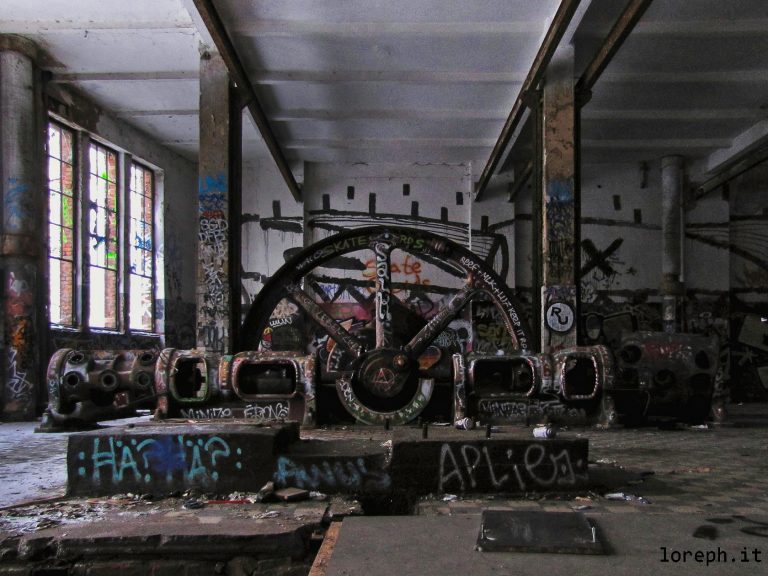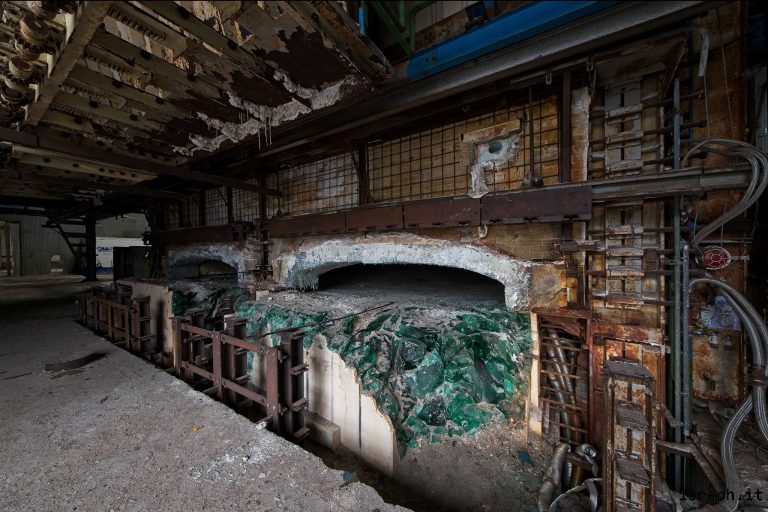LIEBIG [IT]
Exploration #189 Liebig. In 1850, the German chemist and baron Justus von Liebig succeeded in developing a process to create a meat extract that added valuable flavours to broths and soups. This process allowed the concentration of meat into a ‘stock cube’ that was easily stored and ready to use when dissolved in boiling water. In 1872, Justus von Liebig sold his invention to an industry of the same name, which made the ‘stock cube’ commercially available. To launch this new product, a campaign was created based on the distribution of figurines depicting scenes from life starring the meat extract. The initiative, which was an exceptional success with one thousand eight hundred series, was copied to launch other products, thus starting a phenomenon of custom and collecting that lasted until after the Second World War. In the kitchen, “liebig” played a decisive role in the evolution of nutritional systems, becoming synonymous with the meat extract used to add flavour to any quickly prepared cooking sauce.
LIEBIG already had an office in Milan. In the middle of the last century it decided to open this second factory where it started production in 1950. The raw material was concentrated extract, which arrived from some Central and South American countries and Belgium by sea, in 20-litre metal boxes packed in wooden crates.
In the plant, the cans were heated in a water bath to make the extract fluid, which was then processed to produce stock cubes and concentrated extract. The plant remained in operation until August 1994 when it was sold to Danone and closed.














